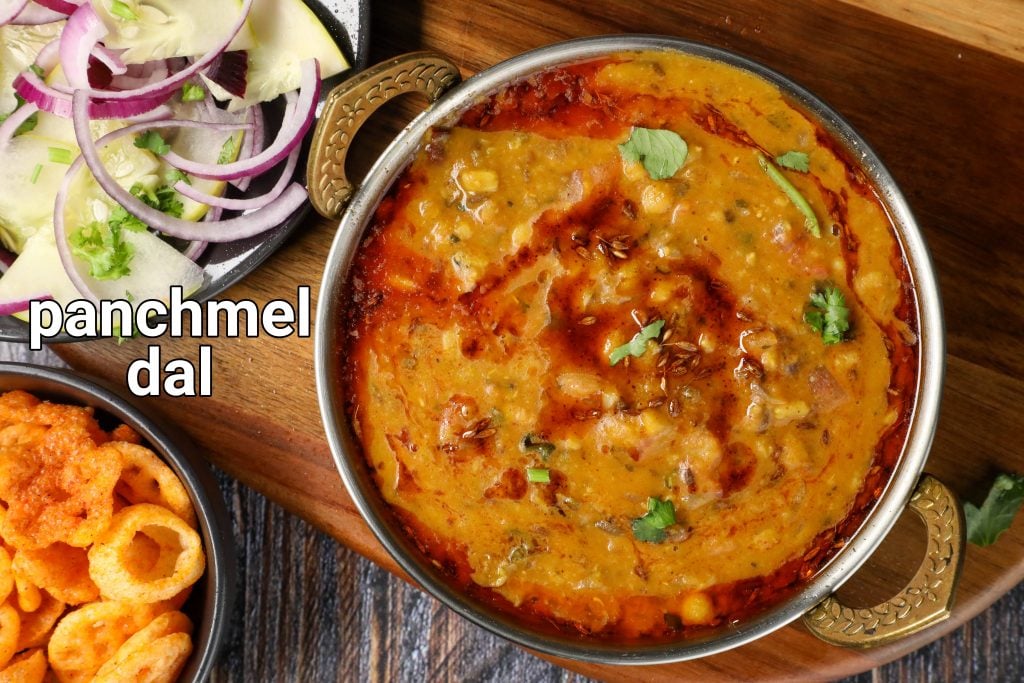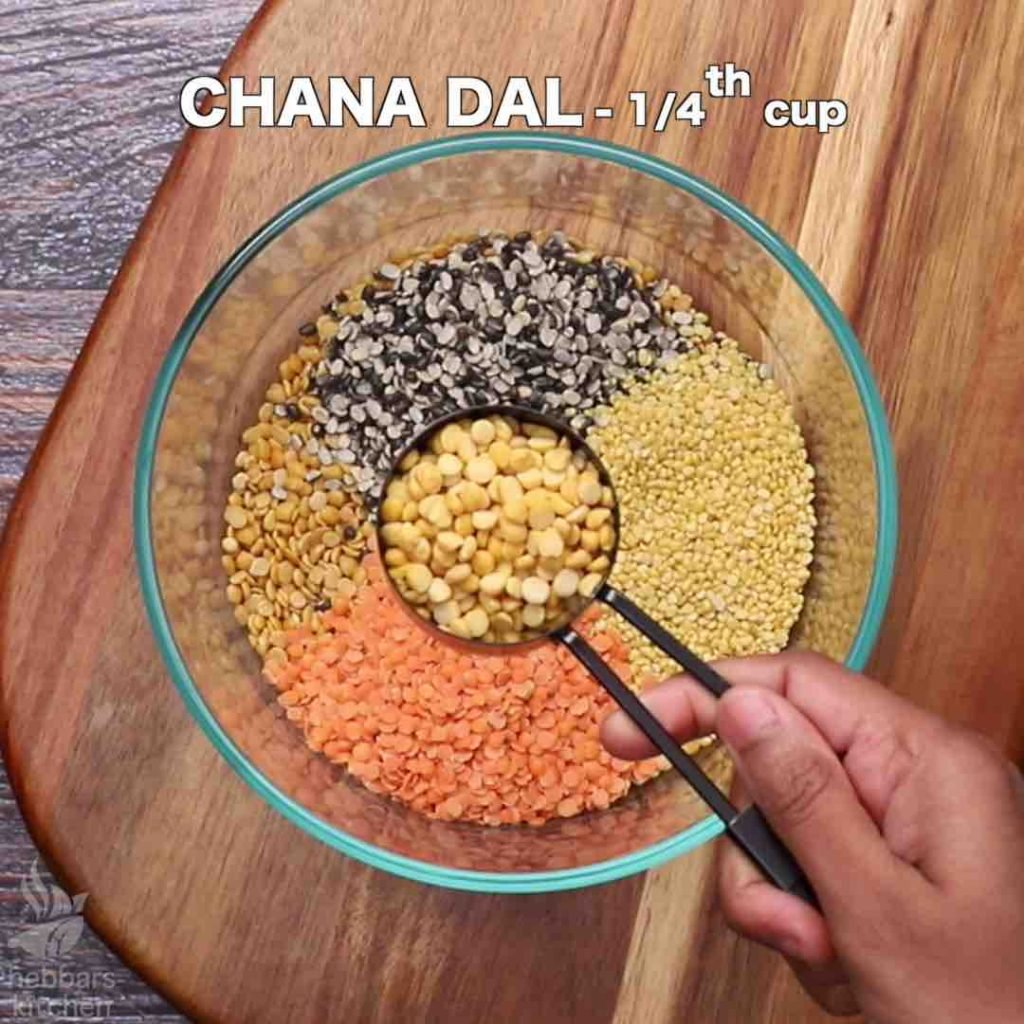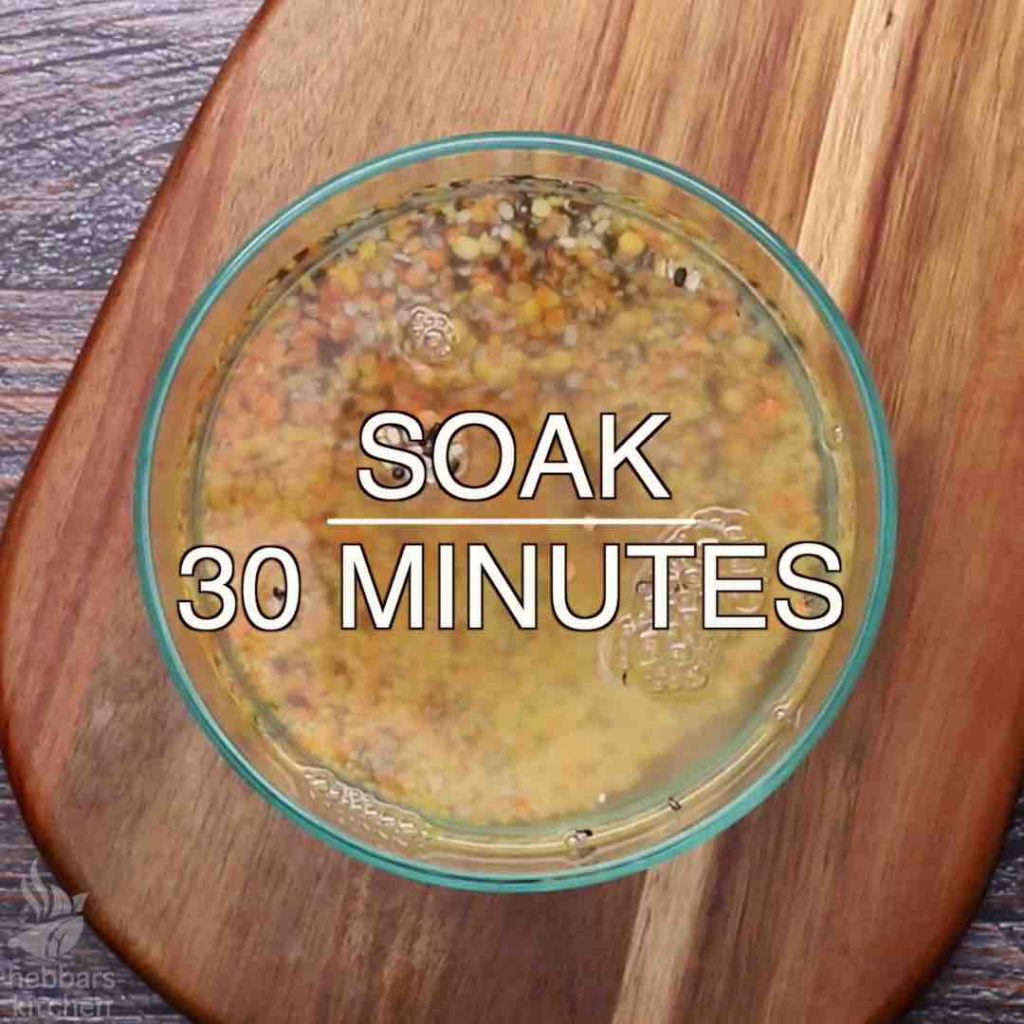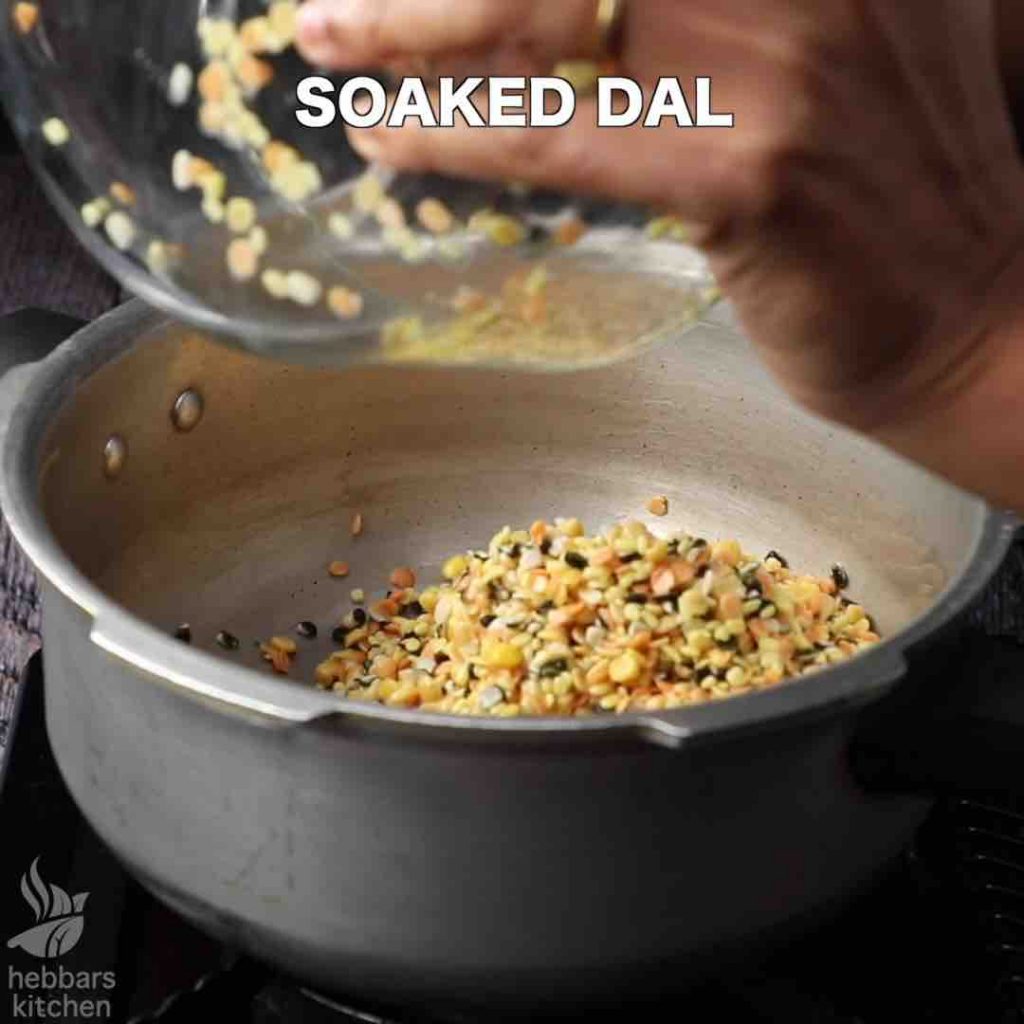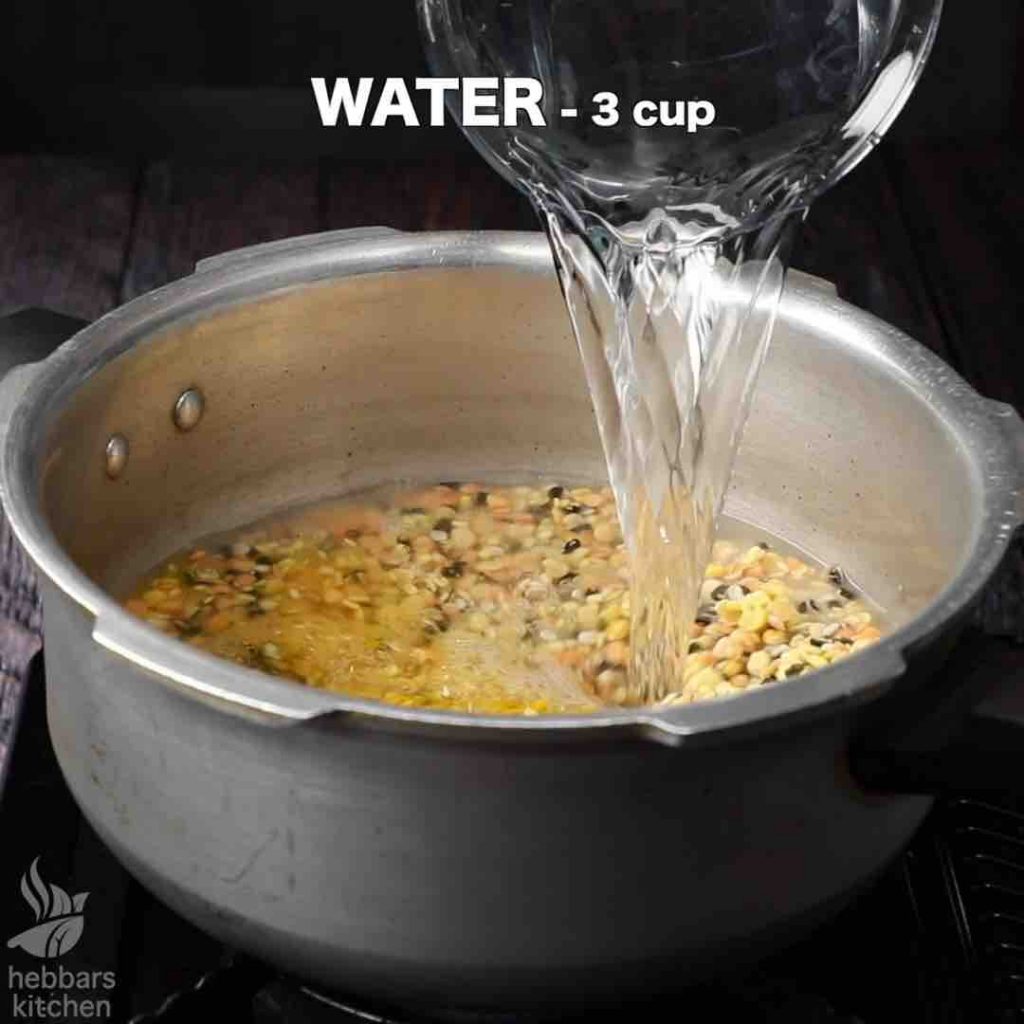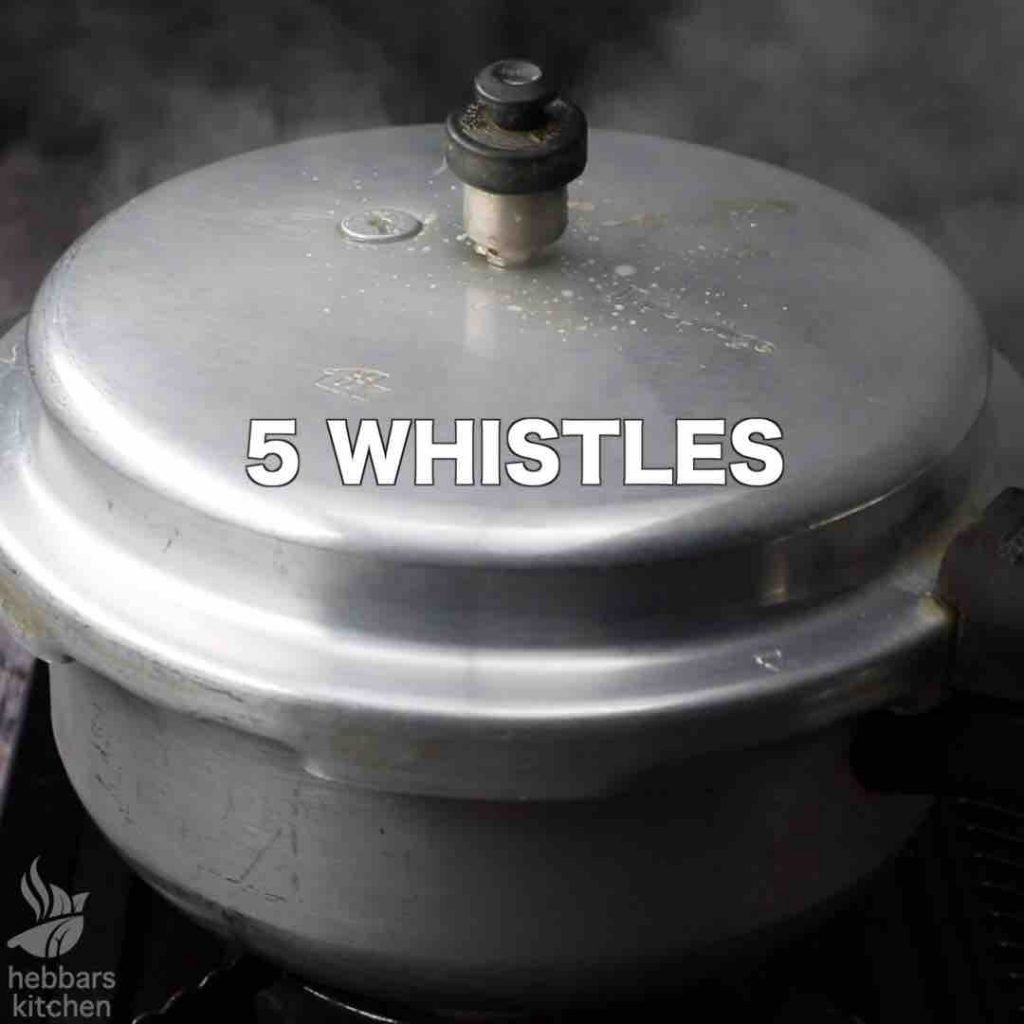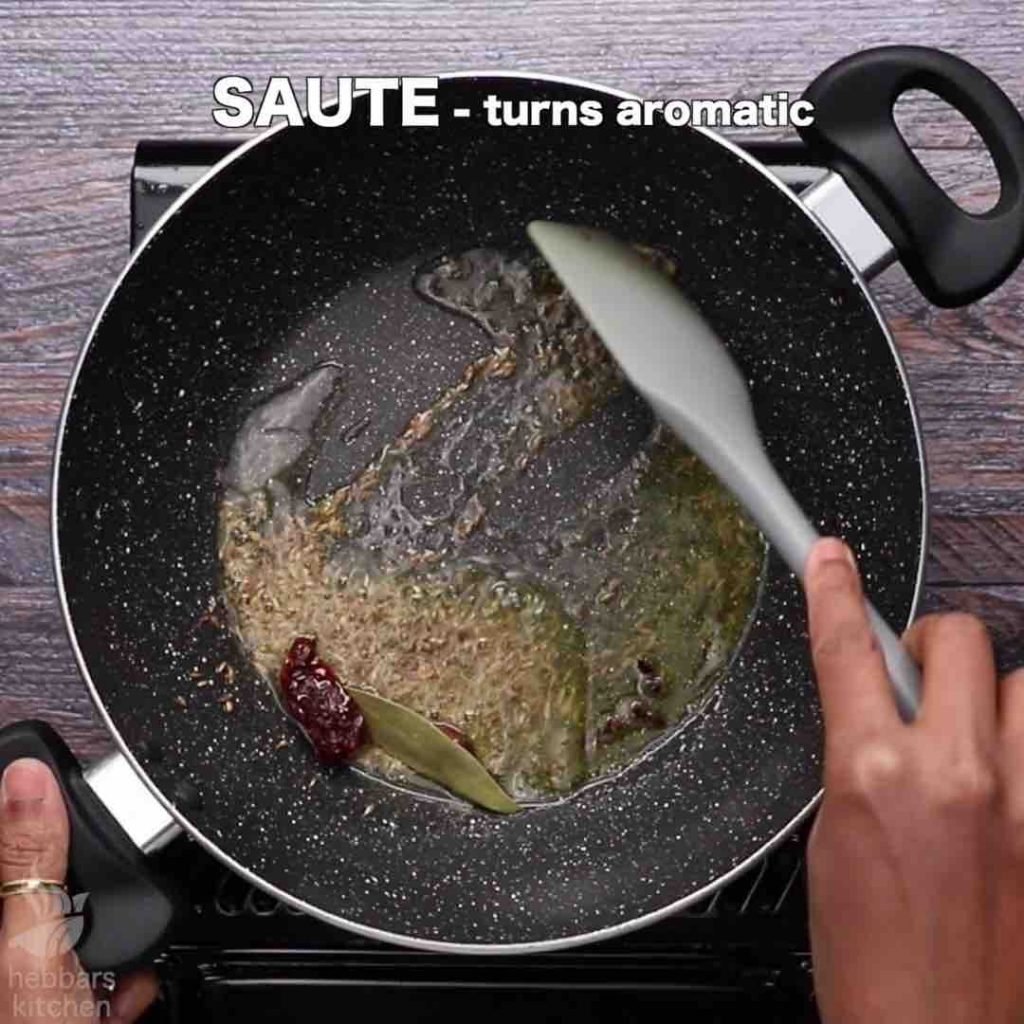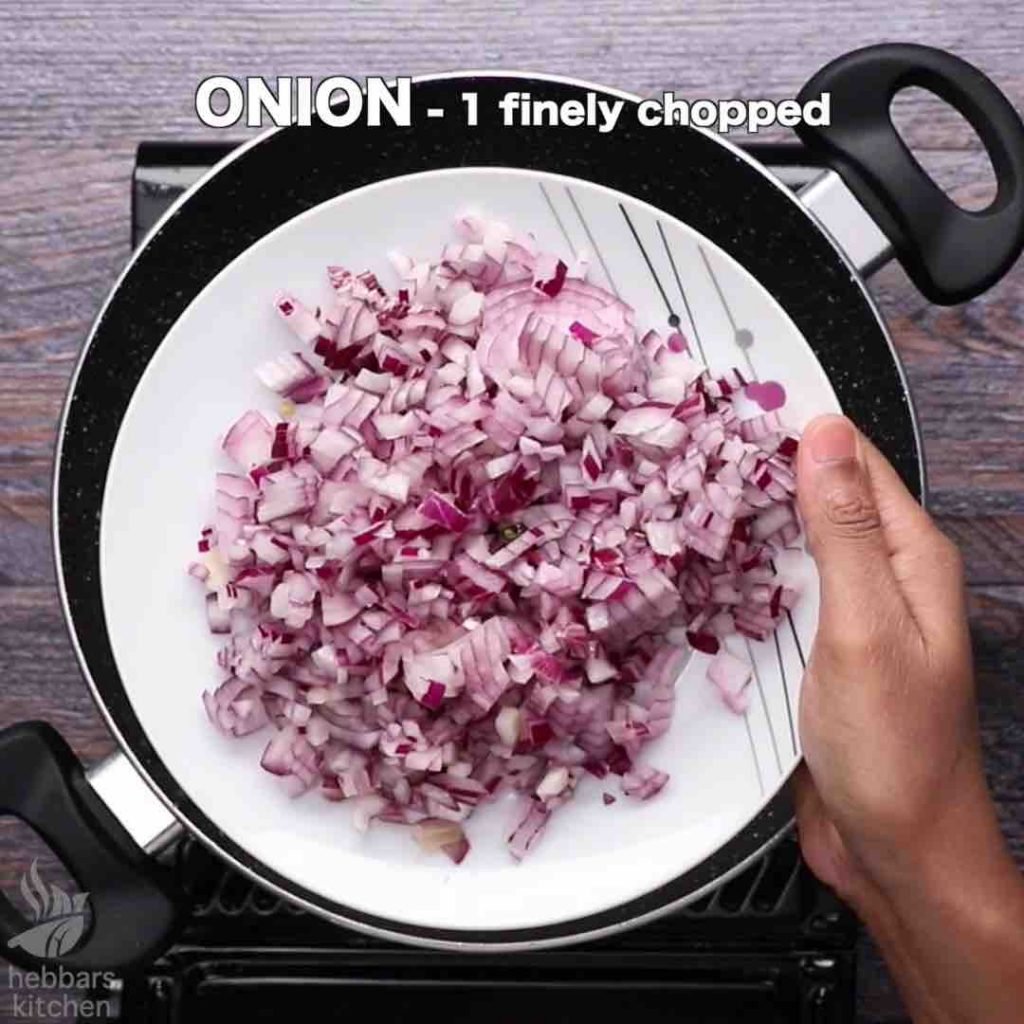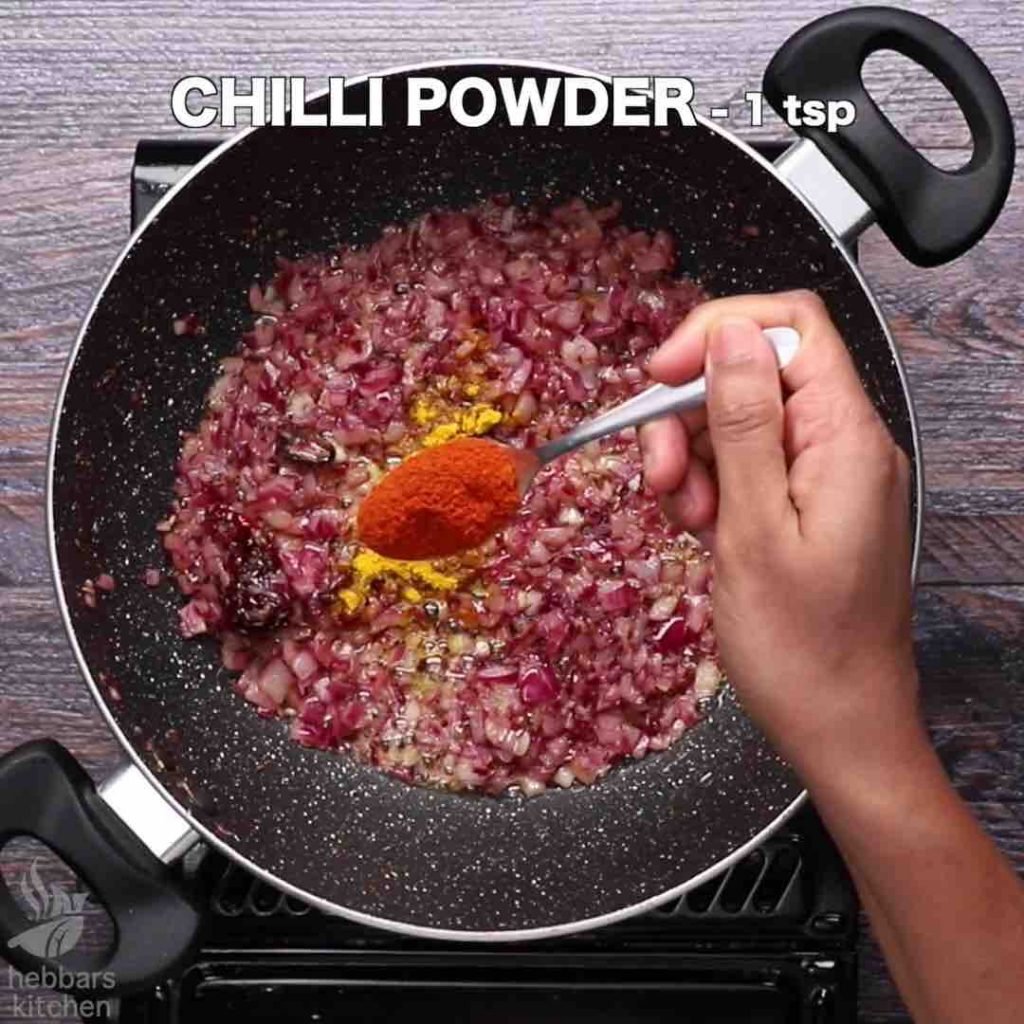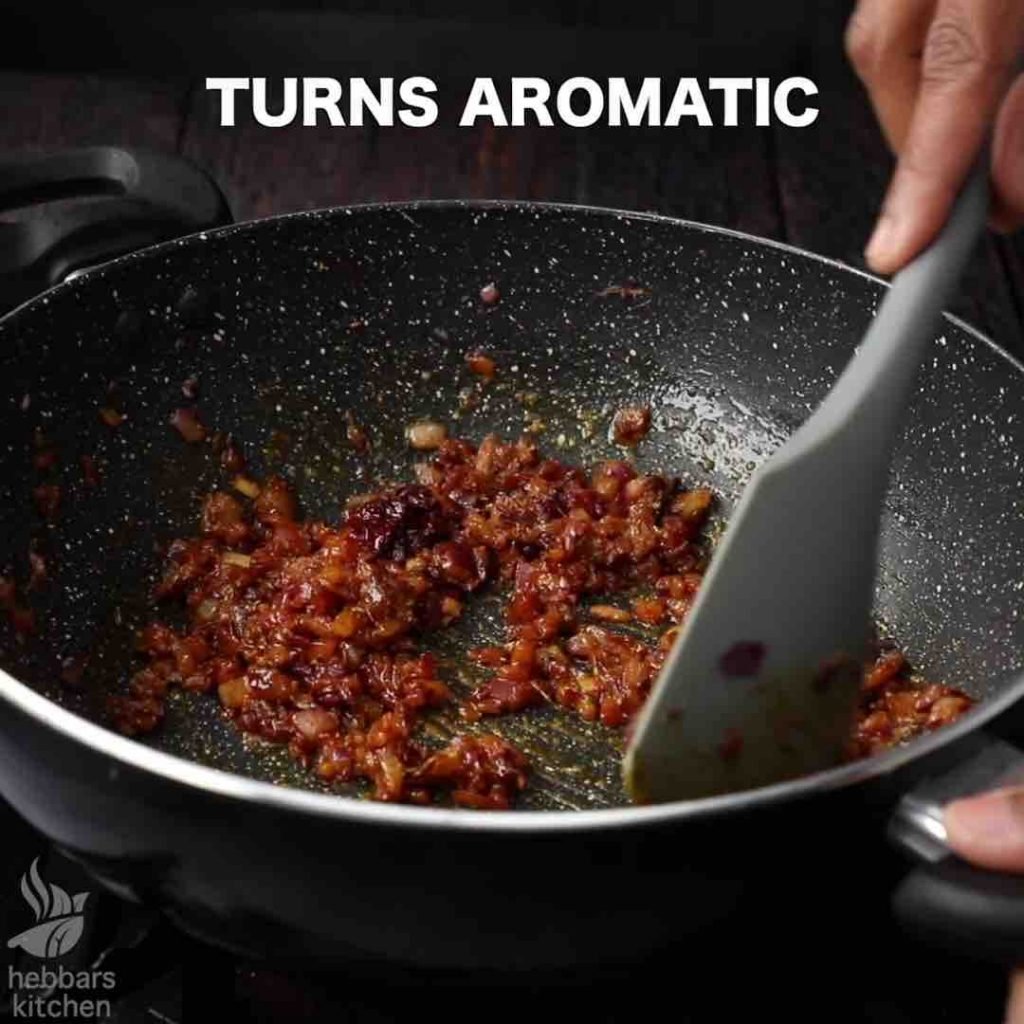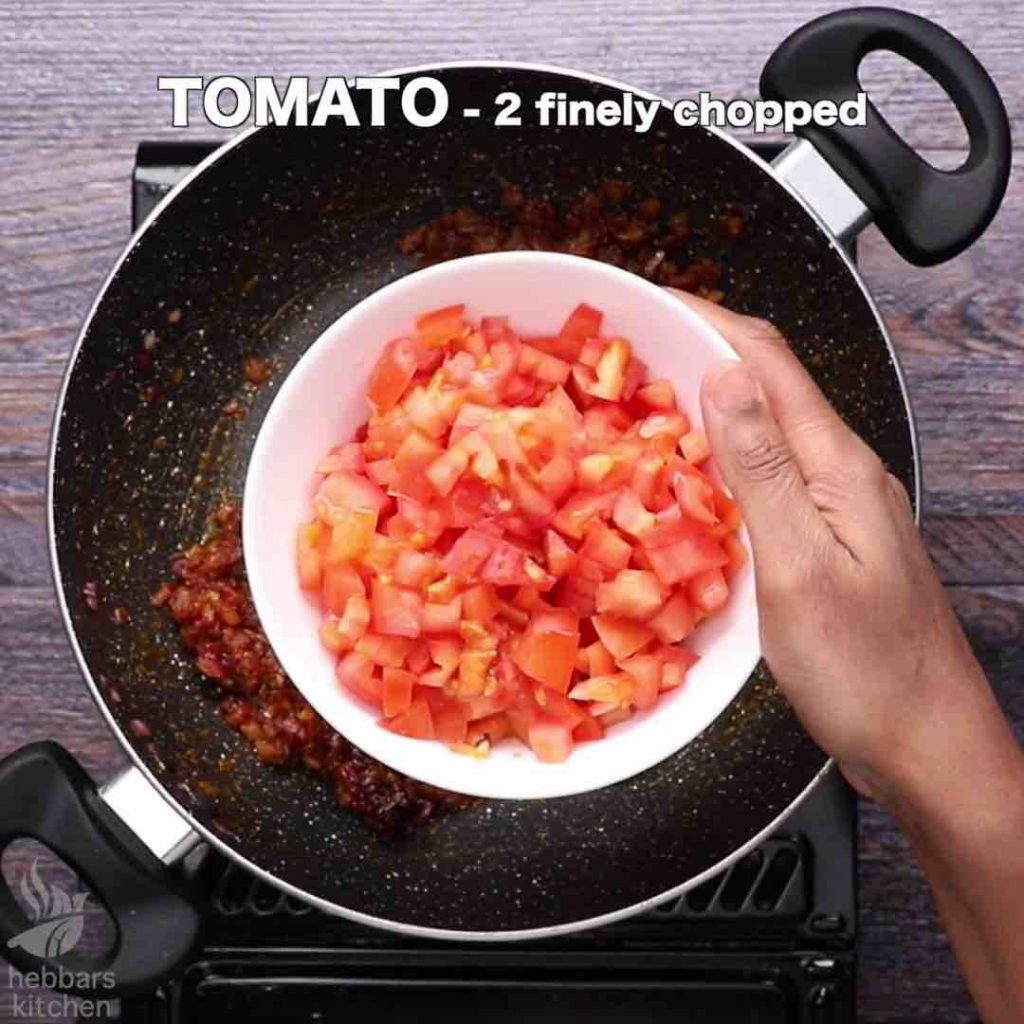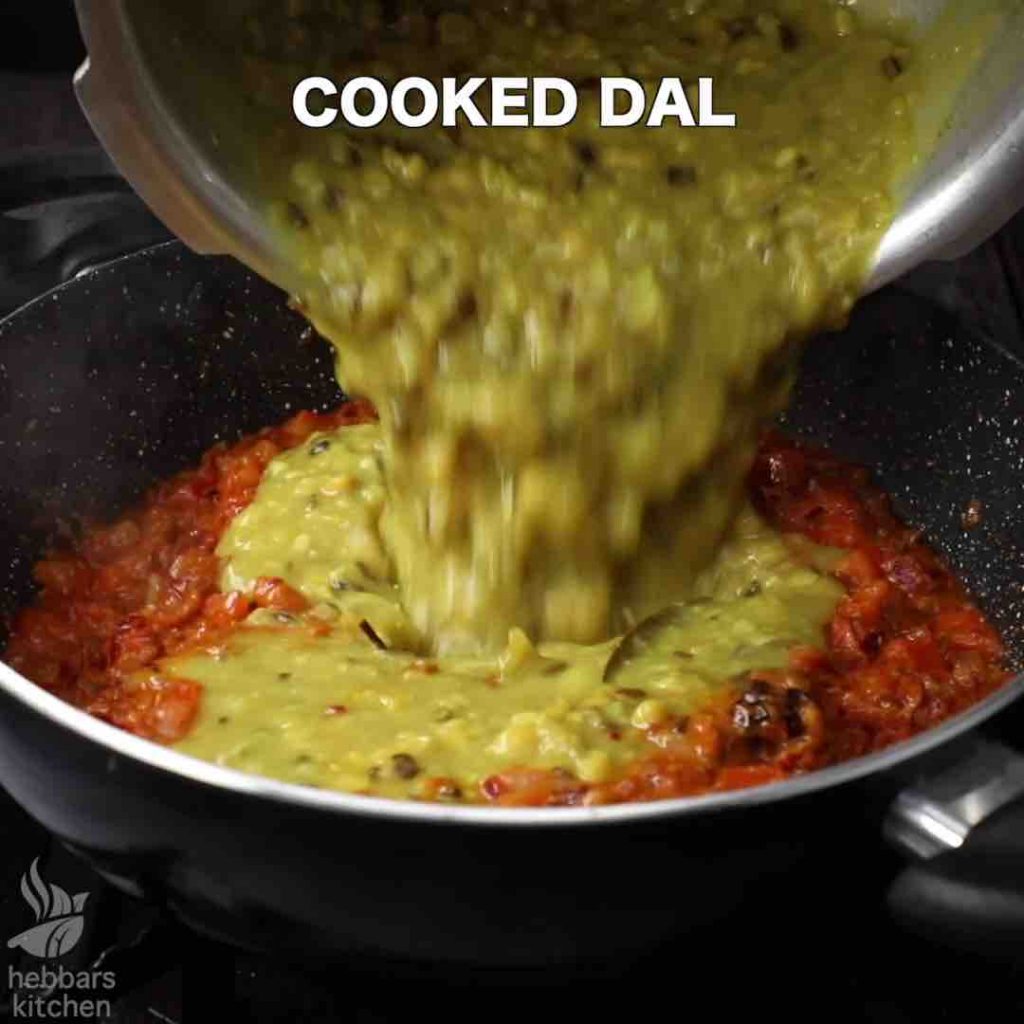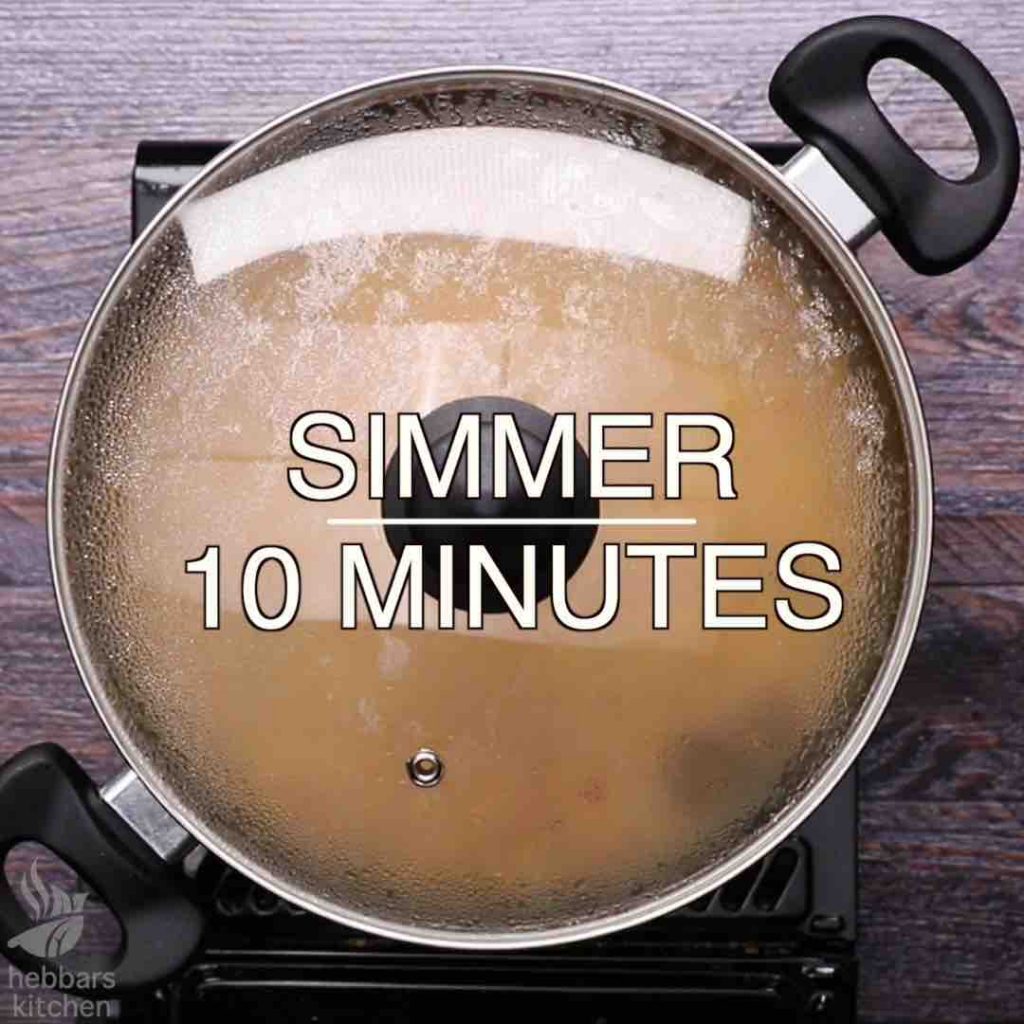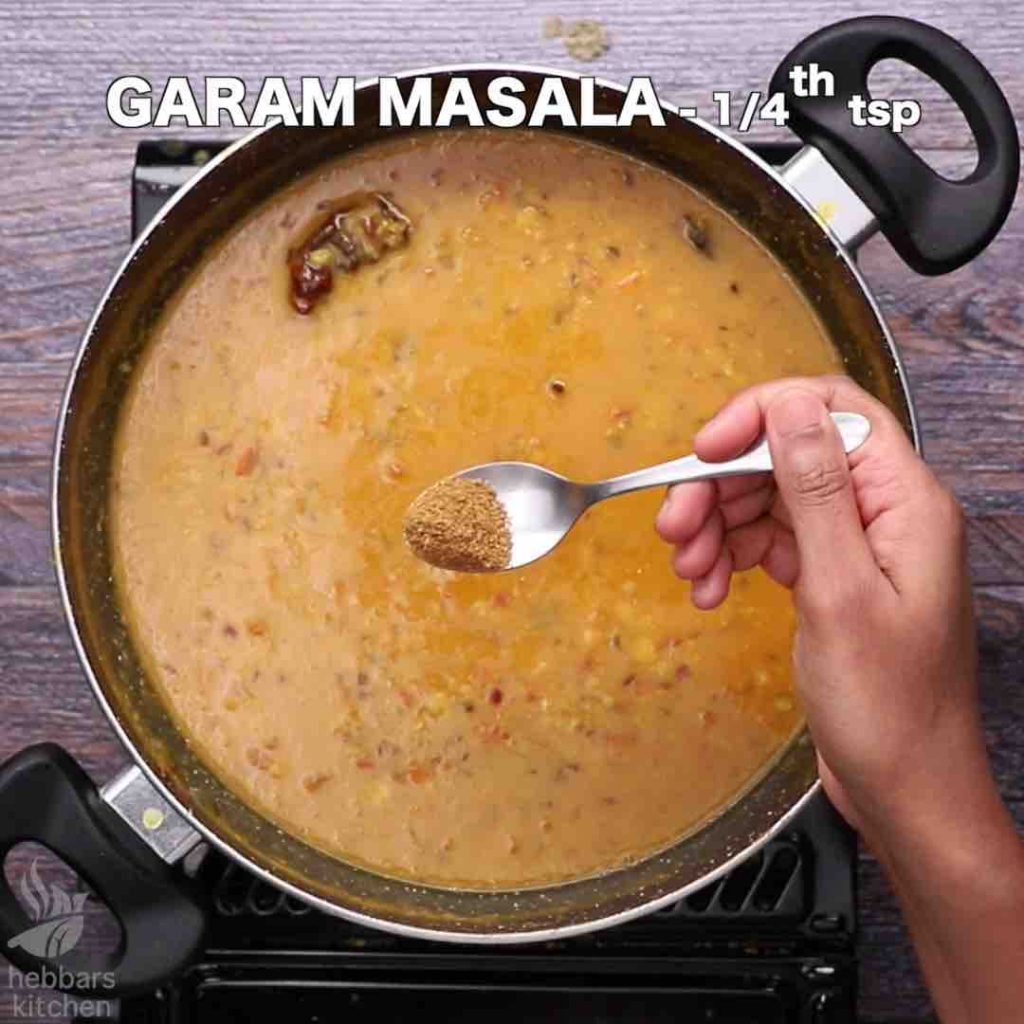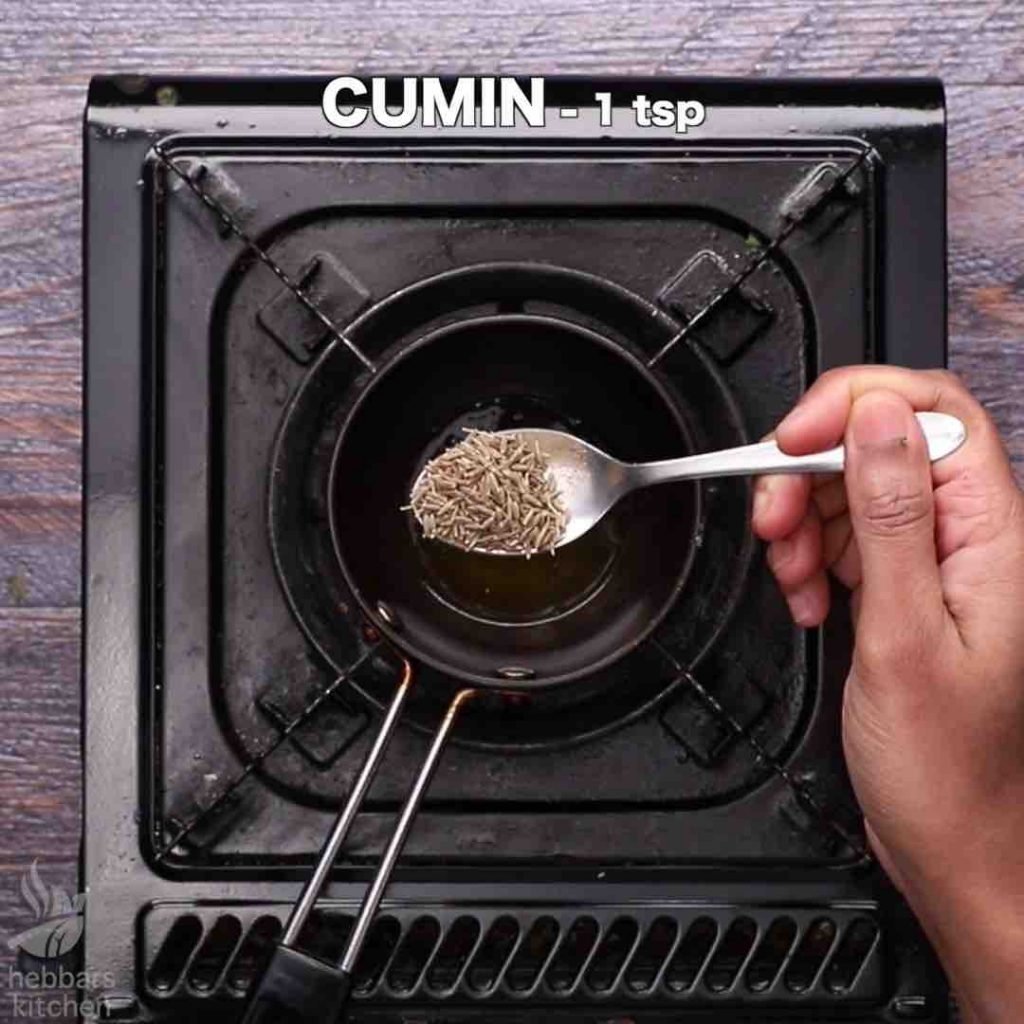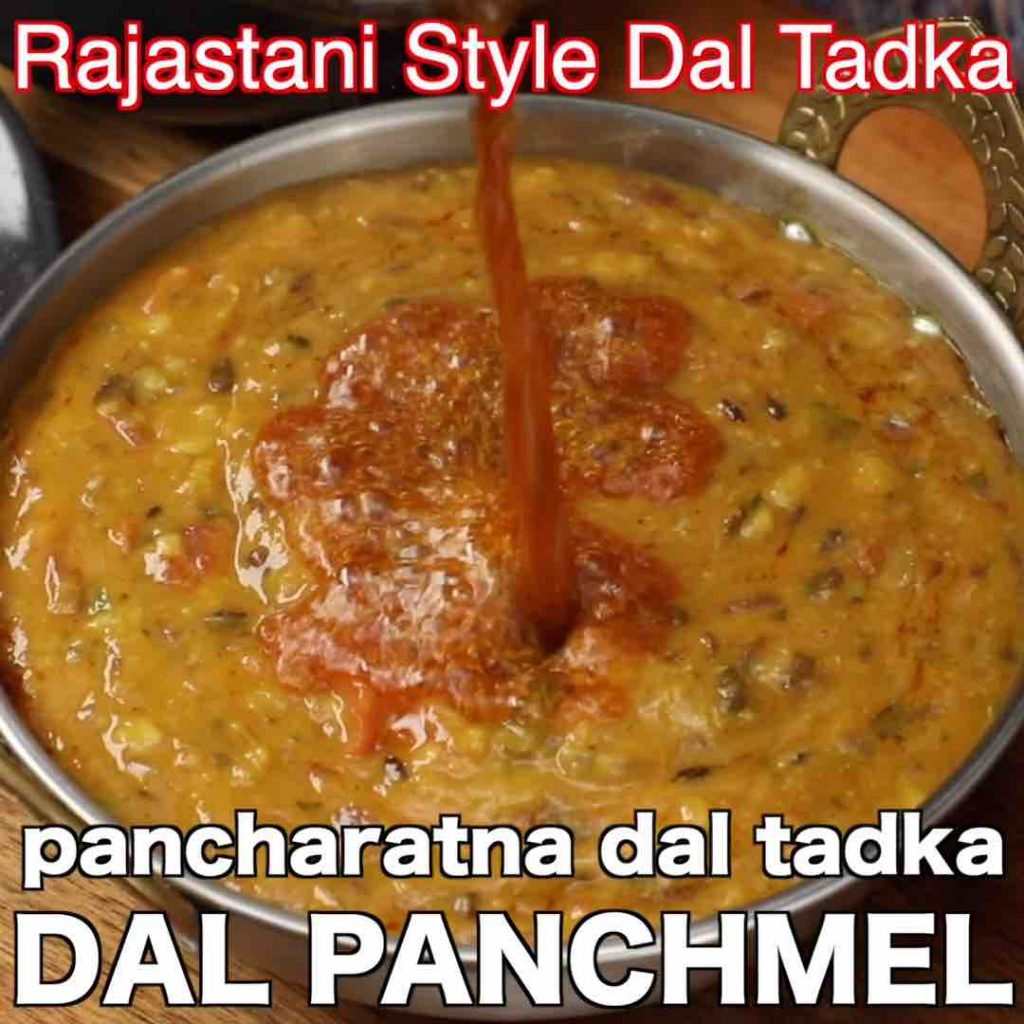panchmel dal recipe | pancharatna dal | rajasthani dal panchratan with detailed photo and video recipe. perhaps one of the popular lentil-based curry recipe made with 5 different lentils. it uses toor dal, moong dal, channa dal, masoor dal and black urad dal with simple onion and tomato base and a combination of spices. it carries the same texture and colour as dal makhani but has its own unique taste and flavour.
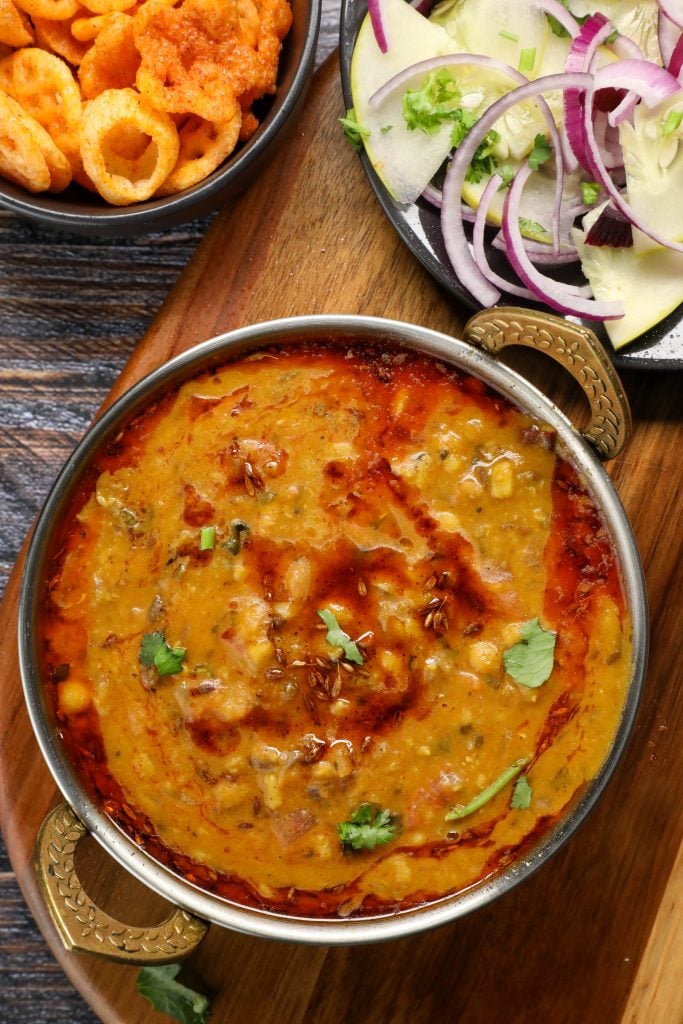
well, to be honest, i have always been a sambar or rasam fan compared to dal recipes. i cannot say i do not like the dal recipe, but i prefer a coconut-based sambar or a spice rich rasam or saaru recipe. this is mainly due to the fact that dal recipes can be monotonous and are generally made with one type of lentil like toor or moong beans. having said that, the combination of dal and jeera rice has a special place. moreover, the combination of lentil makes it even more special. panchmel dal recipe is one such classical dal with a combination of lentils in it. each added dal contributes its own flavour, taste and thus adding 5 dal makes it a super tasty recipe.
furthermore, i would also like to add some additional tips, suggestions and variants to panchmel dal recipe. firstly, this dal has to be made with 5 dal variants and hence it is known as pancharatna dal. i personally recommend using the below-listed dal types, but you may add any edible lentil. secondly, the consistency for this dal is key and has to be on the thicker side compared to the yellow dal. because of its thicker consistency, it can be served with roti and also with rice. lastly, because of the mixture of dal, it may become hard once it is rested. hence you may need to add more water before reheating it and to bring it to its original consistency.
finally, i request you to check my other related dal recipes collection with this post of pancharatna dal recipe. it includes my other related recipes like panchmel dal, maa ki dal, langar dal, dal tadka, keerai kootu, tomato pappu, pesara pappu charu, dal pakwan, amti, moong dal carrot salad. it also includes my other related recipe categories like,
panchmel dal video recipe:
recipe card for pancharatna dal recipe:
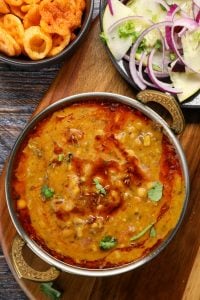
panchmel dal recipe | pancharatna dal | rajasthani dal panchratan
Ingredients
for pressure cooking:
- ¼ cup toor dal
- ¼ cup urad dal
- ¼ cup moong dal
- ¼ cup masoor dal
- ¼ cup chana dal
- ½ tsp turmeric
- ½ tsp salt
- 2 bay leaf
- 1 tsp ghee
- 3 cup water
for dal:
- 2 tbsp ghee
- 1 bay leaf
- 4 cloves
- 1 black cardamom
- 1 tsp cumin
- 1 dried red chilli
- 1 onion, finely chopped
- 1 tsp ginger garlic paste
- ¼ tsp turmeric
- 1 tsp chilli powder
- 1 tsp coriander powder
- ½ tsp cumin powder
- ½ tsp salt
- 2 tomato, finely chopped
- ¼ tsp garam masala
- 1 tsp kasuri methi, crushed
- 2 tbsp coriander, finely chopped
for tempering:
- 1 tsp ghee
- 1 tsp cumin
- ¼ tsp chilli powder
- 1 dried red chilli
Instructions
- firstly, in a bowl take ¼ cup toor dal, ¼ cup urad dal, ¼ cup moong dal, ¼ cup masoor dal and ¼ cup chana dal.
- rinse well and soak for 30 minutes.
- transfer the soaked dal into the pressure cooker.
- add ½ tsp turmeric, ½ tsp salt, 2 bay leaf, 1 tsp ghee and 3 cups water.
- pressure cook for 5 whistles or until the dal is cooked completely.
- once the pressure releases, open the cooker and check if the dal is cooked well. keep aside.
- in a large kadai heat 2 tbsp ghee. add 1 bay leaf, 4 cloves, 1 black cardamom, 1 tsp cumin and 1 dried red chilli.
- saute on low flame until the spices turn aromatic.
- now add 1 onion, 1 tsp ginger garlic paste and saute until onions turn golden brown.
- further add ¼ tsp turmeric, 1 tsp chilli powder, 1 tsp coriander powder, ½ tsp cumin powder and ½ tsp salt.
- saute until the spices turn aromatic.
- add 2 tomato and saute until the tomatoes turn soft and mushy.
- now add cooked dal and mix well adjusting consistency as required.
- cover and simmer for 10 minutes or until the flavours are well absorbed.
- further add ¼ tsp garam masala, 1 tsp kasuri methi and 2 tbsp coriander. mix well.
- to prepare the tempering, heat 1 tsp ghee. add 1 tsp cumin, ¼ tsp chilli powder and 1 dried red chilli.
- immediately pour the tempering over dal. make sure the tadka doesn't get burnt.
- finally, enjoy panchmel dal or pancharatna dal with roti or jeera rice.
Nutrition
how to make panchmel dal with step by step photo:
- firstly, in a bowl take ¼ cup toor dal, ¼ cup urad dal, ¼ cup moong dal, ¼ cup masoor dal and ¼ cup chana dal.
- rinse well and soak for 30 minutes.
- transfer the soaked dal into the pressure cooker.
- add ½ tsp turmeric, ½ tsp salt, 2 bay leaf, 1 tsp ghee and 3 cups water.
- pressure cook for 5 whistles or until the dal is cooked completely.
- once the pressure releases, open the cooker and check if the dal is cooked well. keep aside.
- in a large kadai heat 2 tbsp ghee. add 1 bay leaf, 4 cloves, 1 black cardamom, 1 tsp cumin and 1 dried red chilli.
- saute on low flame until the spices turn aromatic.
- now add 1 onion, 1 tsp ginger garlic paste and saute until onions turn golden brown.
- further add ¼ tsp turmeric, 1 tsp chilli powder, 1 tsp coriander powder, ½ tsp cumin powder and ½ tsp salt.
- saute until the spices turn aromatic.
- add 2 tomato and saute until the tomatoes turn soft and mushy.
- now add cooked dal and mix well adjusting consistency as required.
- cover and simmer for 10 minutes or until the flavours are well absorbed.
- further add ¼ tsp garam masala, 1 tsp kasuri methi and 2 tbsp coriander. mix well.
- to prepare the tempering, heat 1 tsp ghee. add 1 tsp cumin, ¼ tsp chilli powder and 1 dried red chilli.
- immediately pour the tempering over dal. make sure the tadka doesn’t get burnt.
- finally, enjoy panchmel dal or pancharatna dal with roti or jeera rice.
notes:
- firstly, i have taken an equal proportion of 5 different dal. however, you can adjust the quantity to your choice.
- also, make sure to soak the dal for at least 30 minutes, else the dal will not cook uniformly.
- additionally, simmering on low flame helps to absorb flavour.
- finally, panchmel dal or pancharatna dal recipe tastes great when prepared slightly thick.
